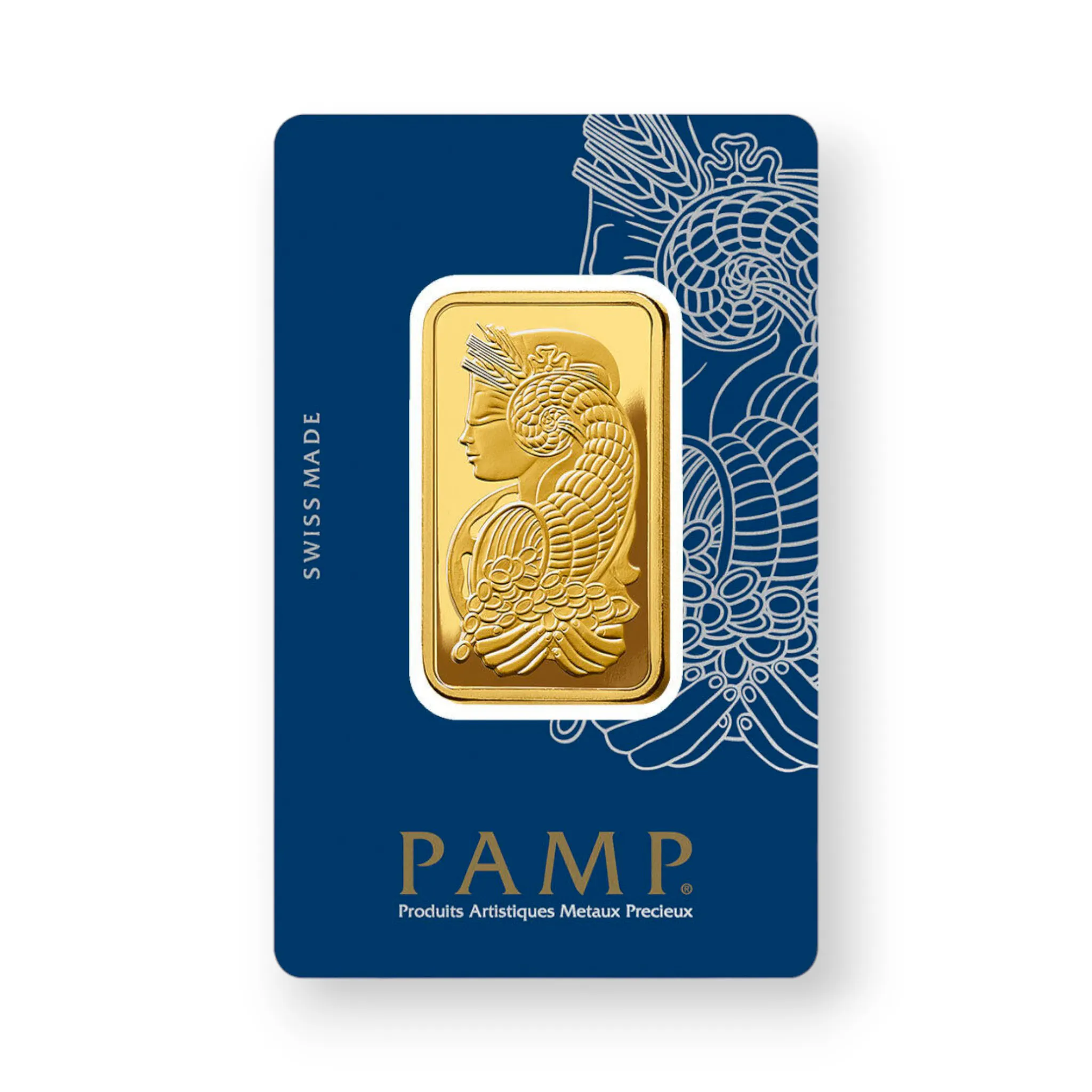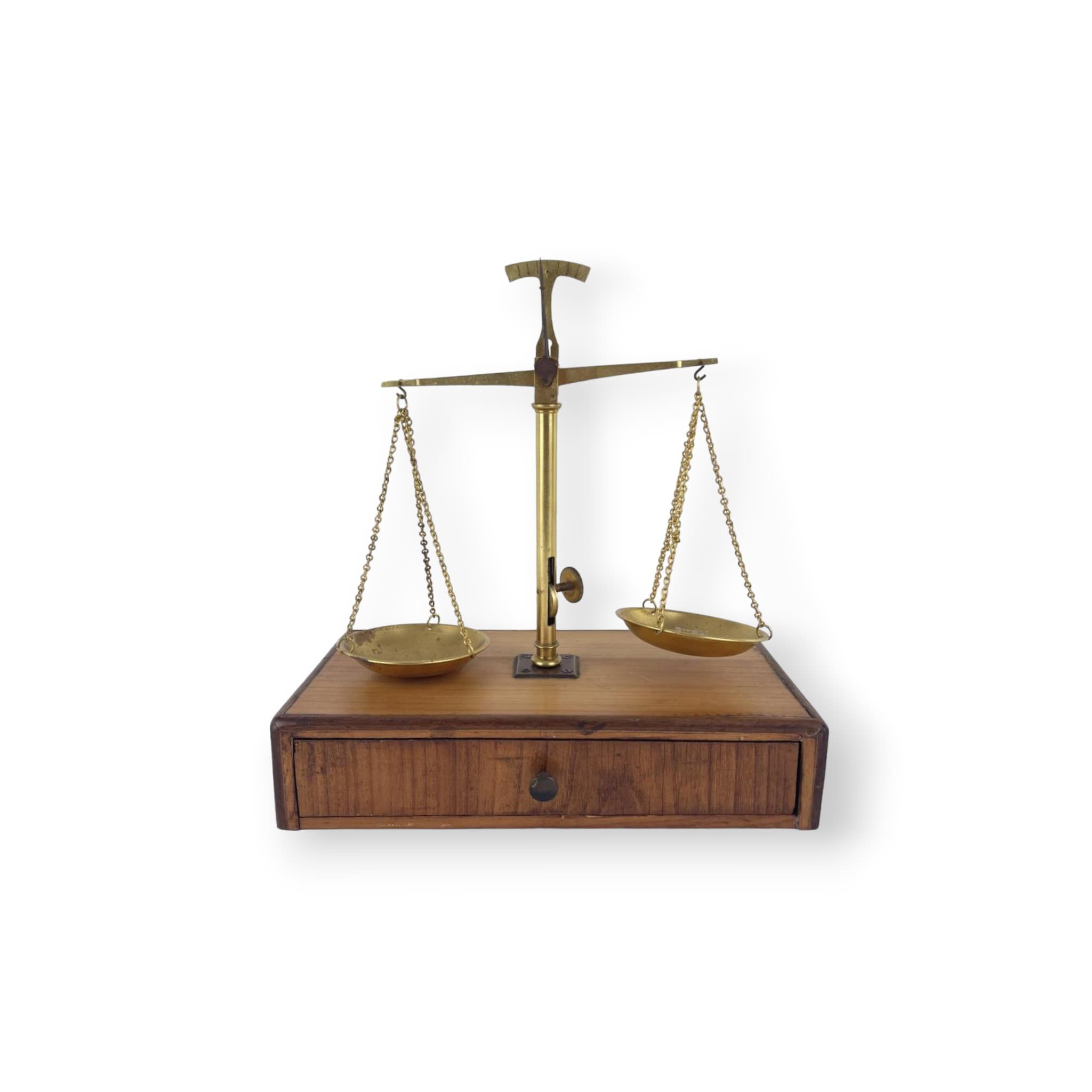Conversions to Grams
To convert grams to ounces, you must first specify which type of ounce you would like to convert to, either troy ounces or Avoirdupois ounces. Troy Ounces are often used for precious metals such as gold, silver, platinum, and palladium and are a part of the May 19th, 1828 Coinage age by the United States Mint, which made all coinage in terms of troy ounces. Avoirdupois is a part of the system commonly used for pounds and ounces in the United States and all other areas where the metric system is not used. Since grams is a metric unit, and acts as an si base unit, it can be converted into both types by some simple formulas.
Conversion Formula:
31.1034768 grams = 1 Troy Ounce
28.35 g = 1 Avoirdupois Ounce
1 Troy Ounce = 1.0971 Avoirdupois Ounce
1000 g = 1 Kilogram
20 Pennyweight = 1 Troy Ounce
1 Kilogram = 32.15 Troy Ounce
Above are some of the simple conversions that can be used to convert from grams to troy ounces, and from avoirdupois ounce to grams. In the metric system, grams, kilograms, and tons are used, which can also be converted into troy ounces and avoirdupois ounces as seen above. This system is quite similar to the system used by temperature conversion, for Fahrenheit, celsius, and kelvin.
Once you have figured out how any troy ounces of precious metals you have, you can use the gold spot, silver spot, platinum spot, and palladium spot charts to understand their value in the current market.
How many Grams are in an Ounce of Gold?
Today, the common weight unit for precious metals such as gold, silver, platinum, and palladium is denoted in troy ounces. The troy-ounce conversion is 31.1035 g = 1 oz, meaning that for every 31.1035 grams of precious metals, there is 1 troy ounce. Alternatively, you can multiply the number of grams of gold you have by 0.03215 to get the number of troy ounces that particular piece weighs.
Most commonly, coins that weigh in at one troy ounce are American Gold Eagles, Canadian Maple Leafs, South African Krugerrands, Austrian Philharmonics, and British Britannia among many more.

Bars are also commonly denoted in the troy-ounce weight style as seen by the 1 oz Pamp Lady Fortuna Gold Bar above.
Troy Ounce vs. Avoirdupois Ounces
Troy Ounces are often used only for precious metals, as the original use case intended. Avoirdupois Ounces instead are used for a wide range of regular weights, such as cooking weights, body weights, and many more. The Avoirdupois Ounce Conversion from grams is 28.35 g = 1 oz. You can convert from Avoirdupois Ounces to Troy Ounces using the below conversion formula:
1 Troy Ounce = 1.0971 Avoirdupois Ounce
Conversion Chart
Here is a chart that allows all weights to be converted to each other. Note that each metric unit grams is the base unit for conversion and can be replaced by looking at the chart below.
Pennyweight (DWT) | Grams | Kilograms | Troy Ounces | Avoirdupois Ounces | |
|---|---|---|---|---|---|
1 Pennyweight | 1 | 1.552 | 0.0016 | 0.05 | 0.0549 |
1 Gram | 0.64 | 1 | 1000 | 0.03215 | 0.0353 |
1 Kilogram | 643.01 | 1000 | 1 | 32.15 | 35.274 |
1 Troy Ounce | 20 | 31.104 | 0.03115 | 1 | 1.0971 |
1 Avoirdupois Ounces | 18.23 | 28.35 | 0.0284 | 0.912 | 1 |
What is a Pennyweight (DWT)?
A Pennyweight is commonly found as a unit of mass that is equal to 1.55517384 grams, 24 grains, 20 troy grains, or 1/20th of a troy ounce. It was originally named for the weight of a British silver penny, and used by jewelers and scrap refineries around the world to denote the amount of gold and precious metals in a specific refinery batch.
What is Actual Gold Weight (AGW)?
AGW commonly known as Actual Gold Weight is the amount of 24K, or .9999 Fine Gold is found in a specific precious metals coin or item. AGW can easily be found using a simple conversion formula below:
AGW = Grams * Purity / 31.1034768
This will output the amount of AGW you have denoted in troy ounces. Simply put, this is the amount of pure gold you have after extraction of the impurities, which makes it easier to understand the value of your metals.
